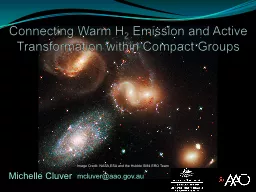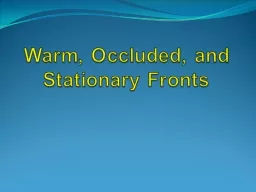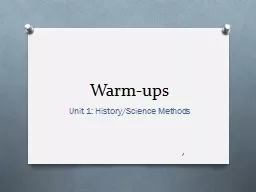PPT-Connecting Warm H
Author : natalia-silvester | Published Date : 2016-06-26
2 Emission and Active Transformation within Compact Groups Image Credit NASAESA and the Hubble SM4 ERO Team Michelle Cluver mcluveraaogovau Collaborators Philip
Presentation Embed Code
Download Presentation
Download Presentation The PPT/PDF document "Connecting Warm H" is the property of its rightful owner. Permission is granted to download and print the materials on this website for personal, non-commercial use only, and to display it on your personal computer provided you do not modify the materials and that you retain all copyright notices contained in the materials. By downloading content from our website, you accept the terms of this agreement.
Connecting Warm H: Transcript
Download Rules Of Document
"Connecting Warm H"The content belongs to its owner. You may download and print it for personal use, without modification, and keep all copyright notices. By downloading, you agree to these terms.
Related Documents














